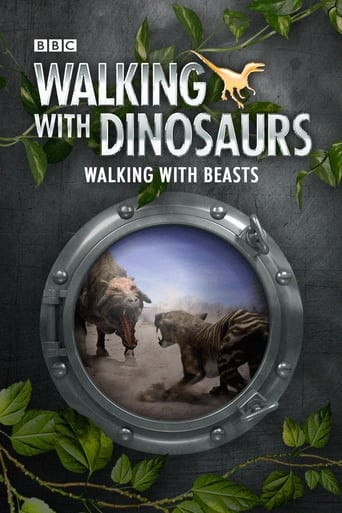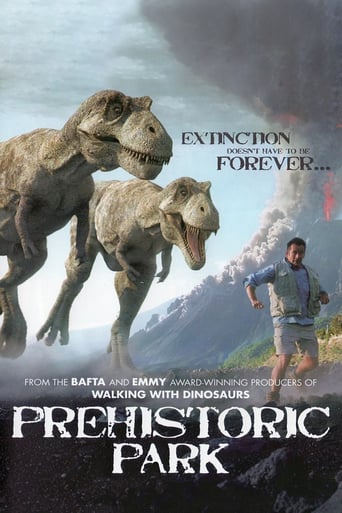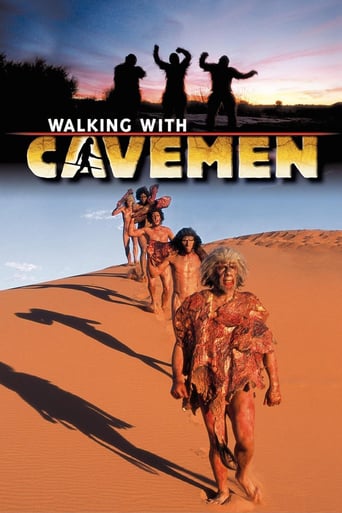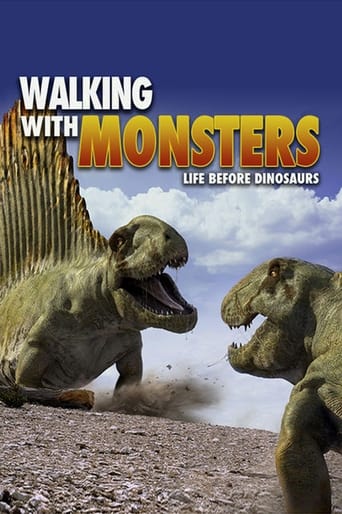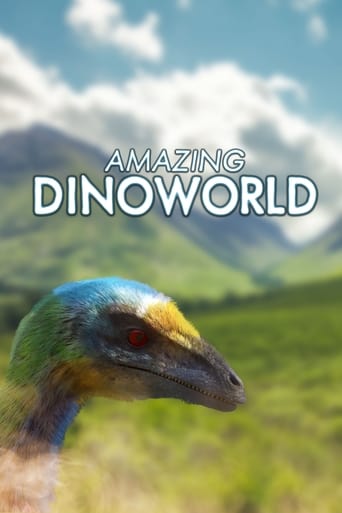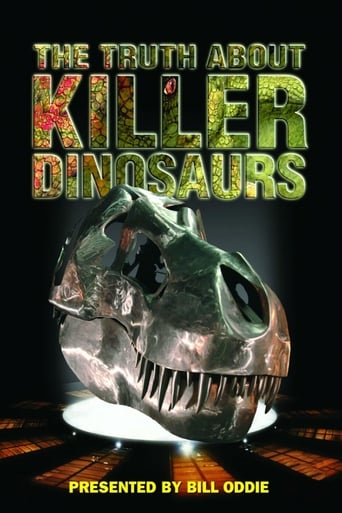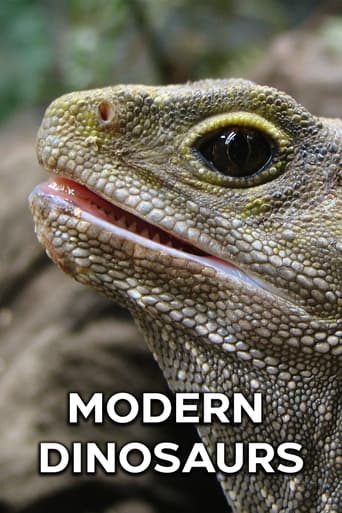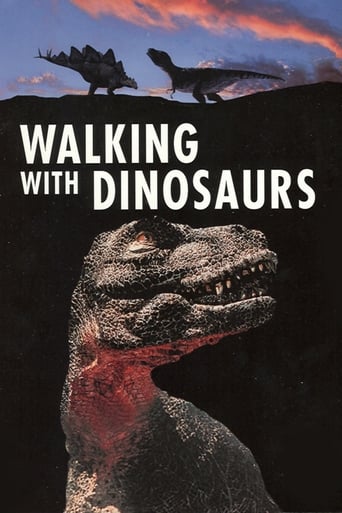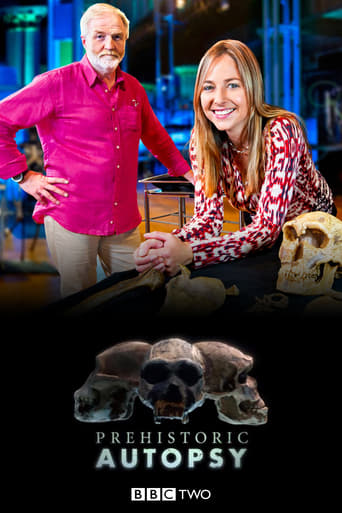

Eons Season 2
Join hosts Hank Green, Kallie Moore, and Blake de Pastino as they take you on a journey through the history of life on Earth. From the dawn of life in the Archaean Eon through the Mesozoic Era — the so-called “Age of Dinosaurs” -- right up to the end of the most recent Ice Age. The evolutionary history of mammals including humans and other modern species is explored with these amazing paleontology experts.
Watch Trailer
Eons Season 2 Full Episode Guide
For more than 10 million years, Megalodon was at the top of its game as the oceans’ apex predator...until 2.6 million years ago, when it went extinct. So, what happened to the largest shark in history?
Today, our closest evolutionary relatives, the apes, live only in small pockets of Africa and Asia. But back in the Miocene epoch, apes occupied all of Europe. Why aren’t there wild apes in Europe today?
If you’ve ever been to, or lived in, or even flown over the central swath of North America, then you’ve seen the remnants of what was a uniquely fascinating environment. Scientists call it the Western Interior Seaway, and at its greatest extent, it ran from the Caribbean Sea to the Canadian Arctic.
The story of sloths is one of astounding ecological variability, with some foraging in the seas, others living underground, and others still hiding from predators in towering cliffs. So why are their only living relatives in the trees?
Camels are famous for adaptations that have allowed them to flourish where most other large mammals would perish. But their story begins over 40 million years ago in North America, and in an environment you’d never expect: a rainforest.
Ratites have spread to Africa, Australia, New Zealand, and South America. And there are fossils of Ratites in Europe, Asia, and North America too. That’s a lot of ground to cover for birds that can’t fly. So how did Ratites end up all over the world?
The best evidence we have suggests that, while Caviomorpha originated in South America, they came from ancestors in Africa, over 40 million years ago. So how did they get there?
Due to an odd quirk of genetics and some unique evolutionary circumstances, two humans who lived at different times in the distant past managed to pass on a very small fraction of their genomes to you. And to me. To all of us.
Purgatorius, a kind of mammal called a plesiadapiform, might’ve been one of your earliest ancestors. But how did we get from a mouse-sized creature that looked more like a squirrel than a monkey -- to you, a member of Homo sapiens?
Temnospondyls were a huge group of amphibians that existed for 210 million years. And calling them ‘diverse’ would be putting it mildly. Yet in the end, two major threats would push them to extinction: the always-changing climate and the amniote egg.
In 1993, scientists cracked open a piece of amber, took out the body of an ancient weevil, and sampled its DNA. Or, at least, so we thought. It took another few decades of research, and a lot of take-backs, before scientists could figure out how we could truly unlock the genetic secrets of the past.
Paleontologists have been studying and drawing totally different conclusions about the fossil LH PV18 for almost a decade. Is it just one of many specimens of a theropod called Tarbosaurus bataar or is it an entirely different theropod named Raptorex kriegsteini? In order to answer this question, you have to understand the many ways in which we can--and can’t--determine the age of a fossil.
Fossilized footprints have proved that human ancestors were already striding across the landscape 3.6 million years ago. But who started them on that path? What species pioneered this style of locomotion? Who was the first to walk?
This is not a Game of Thrones fan fiction episode. Dire wolves were real! And thousands of them died in the same spot in California. Their remains have taught us volumes about how they lived, hunted, died and way more about any animal’s sex life than you’d ever want to know.
A huge and diverse subfamily of dogs, the bone-crushers patrolled North America for more than thirty million years, before they disappeared in the not-too-distant past. So what happened to the biggest dogs that ever lived?
One of the most dynamic, transformative, and potentially dangerous features in North America is also responsible for some of the continent’s most amazing fossil deposits. It’s a supervolcano we now call Yellowstone.
The ancestors of modern horses became so successful that they spread all over the world, to Europe, Asia, South America, and Africa. But in their native range of North America, they’ll vanish for 10,000 years. Until another strange mammal brings them back.
Experts are still arguing over whether Archaeopteryx was a true bird, or a paravian dinosaur, or some other kind of dino. But regardless of what side you’re on, how did this fascinating, bird-like animal relate to today’s birds? It turns out its teeth were a clue that this story goes all the way back to what we now call the non-avian dinosaurs.
420 million years ago, some fish were more medieval. They wore armor, sometimes made of big plates, and sometimes made of interlocking scales. But that armor may actually have served a totally different purpose, one that many animals still use today.
In 1800s, miners began working in exposed deposits of mud near the town of Messel, Germany. They were extracting oil from the rock and along with the oil, they found beautifully preserved fossils of animals from the Eocene. What happened to these Eocene animals? And why were their remains so exquisitely preserved?
Insects were the first animals to ever develop the ability to fly, and, arguably, they did it the best. But this development was so unusual that scientists are still/working on, and arguing about, how and when insect wings first came about.
Over the first season of PBS Eons, we’ve explored the history of Earth from the very origins of life right up to the Cenozoic Era that we’re in now. To celebrate our first anniversary together, we’d like to answer some of your most frequently asked questions.
Tyrannosaurus rex was big, Tyrannosaurus rex was vicious, and Tyrannosaurus rex had tiny arms. The story of how T-Rex lost its arms is, itself, pretty simple. But the story of why it kept those little limbs, and how it used them? Well, that’s a little more complicated.
385 million years ago, a group of fish would undertake one of the most important journeys in the history of life and become the first vertebrates to live on dry ground. But first, they had to acquire the ability to breathe air.
There are fossils of viruses, of sorts, preserved in the DNA of the hosts that they’ve infected. Including you. This molecular fossil trail can help us understand where viruses came from, how they evolved and it can even help us tackle the biggest question of all: Are viruses alive?
The Triassic was full of creatures that look a lot like other, more modern species, even though they’re not closely related at all. The reason for this has to do with how evolution works and with the timing of the Triassic itself: when life was trapped between two mass extinctions.
At the beginning of the Triassic Period, with the continents locked together from pole-to-pole in the supercontinent of Pangea, the world is hot, flat, and very, very dry. But then 234 million years ago, the climate suddenly changed for the wetter.
After taking you on a journey through geologic time, we've arrived at the Cenozoic Era. Most of the mammals and birds that you can think of appeared during this era but perhaps more importantly, the Cenozoic marks the rise of organisms that look a lot like us.
In 1912, a fossil collector discovered some strange bone fragments in the eerie, beautiful Cretaceous Bahariya rock formation of Egypt. Eventually, that handful of fossil fragments would reveal to scientists one of the strangest dinosaurs that ever existed -- the world’s only known semi-aquatic dinosaur.
Reptiles emerged from the Paleozoic as humble creatures, but in time, they grew to become some of the largest forms of life ever to stomp, swim, and soar across the planet. This Age of Reptiles was a spectacular prehistoric epic, and it all took place in a single era: the Mesozoic.
Two extinct relatives of horses and rhinos are closely related to each other but have strikingly different body plans. How did two of the same kind of animal, living in the same place, end up looking so different?
The ancestors of modern, squishy cephalopods like the octopus and the squid all had shells. In ancient times, their shell was their greatest asset but it eventually proved to be their biggest weakness.
The search for our origins go back to a single common ancestor -- one that remains shrouded in mystery. It’s the ancestor of everything we know and today scientists call it the last universal common ancestor, or LUCA.
We're back in Bozeman, Montana this week talking to Amy Atwater, Collections Manager at the Museum of the Rockies. MOR has among the largest collections of North American dinosaurs in the United States. We talk to Amy about her job and the collection she manages.
For decades, one of the most abundant kinds of fossils on Earth, numbering in the millions of specimens, was a mystery to paleontologists. But geologists discovered that these mysterious fossils could basically be used to tell time in the deep past.
We traveled to Bozeman, Montana to meet with Dr. Ellen-Thérèse Lamm who explores ancient life by studying it at the cellular level. Kallie and Dr. Lamm discuss how she does this, and what she’s learned by putting dinosaur bones under a microscope.
Where did turtles come from? And how did the they get their shells? The answers to these questions would eventually cause scientists to rethink the entire history of reptile evolution.
Fossils found around the world suggest that multi-cellular life was not only present before the Cambrian Explosion, it was much more elaborate and diverse than anyone thought. This is the story of the sudden burst of diversity that marked the dawn of truly complex life on our planet.
We don’t know which living thing was the very first to arrive at the totally revolutionary process that is sexual reproduction but we can follow the history of how (and why) sex became a thing.
The first era of our current eon, the Paleozoic Era, is probably the most deceptively fascinating time in Earth’s history. With near constant revolutions in life, punctuated by catastrophic extinctions, it is also one of the most chaotic.
The study of natural history is the study of how the world has changed but Earth itself is in a constant state of flux -- because the ground beneath your feet is always moving. So if we want to know how we got here, we have to understand how "here" got here.
90 million years ago, an ancient snake known as Najash had...legs. It is by no means the only snake to have limbs either. But what’s even stranger: we’re not at all sure where it came from.
In the late 1800s, paleontologists in Nebraska found huge coils of hardened sand stuck deep in the earth. Local ranchers called them Devil's Corkscrews and scientists called them Daemonelix. It was clear these corkscrews were created by some form of life, but what?
About 5 million years ago, a new predator made its way from the south and onto the coastal plains of North America. It was a giant, flightless, carnivorous bird and came to be known by one of the coolest and most richly earned nicknames in all of paleontology: the terror bird.
What if I told you that, more than two billion years ago, some tiny living thing started to live inside another living thing … and never left? And now, the descendants of both of those things are in you?
Seasons




